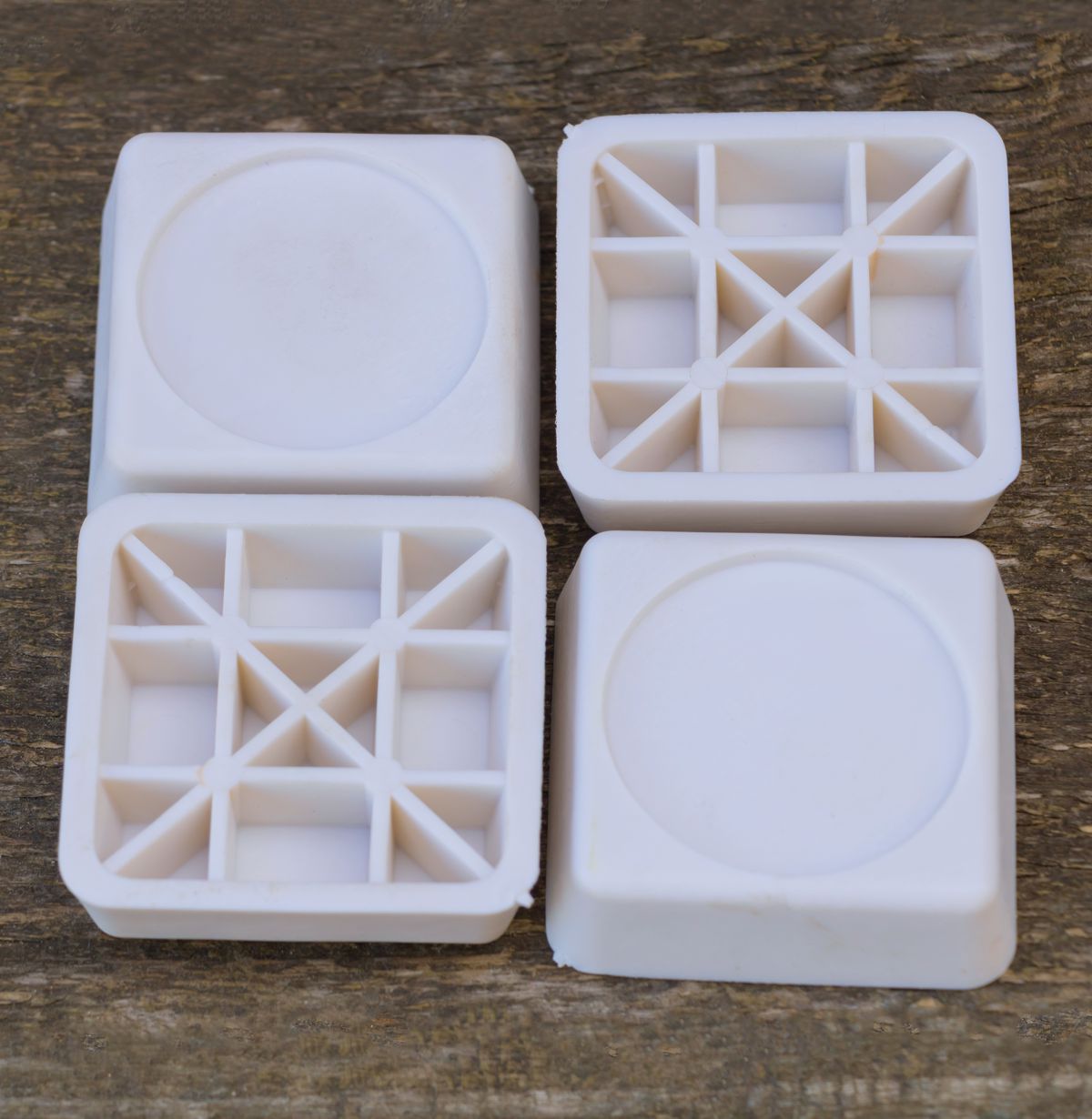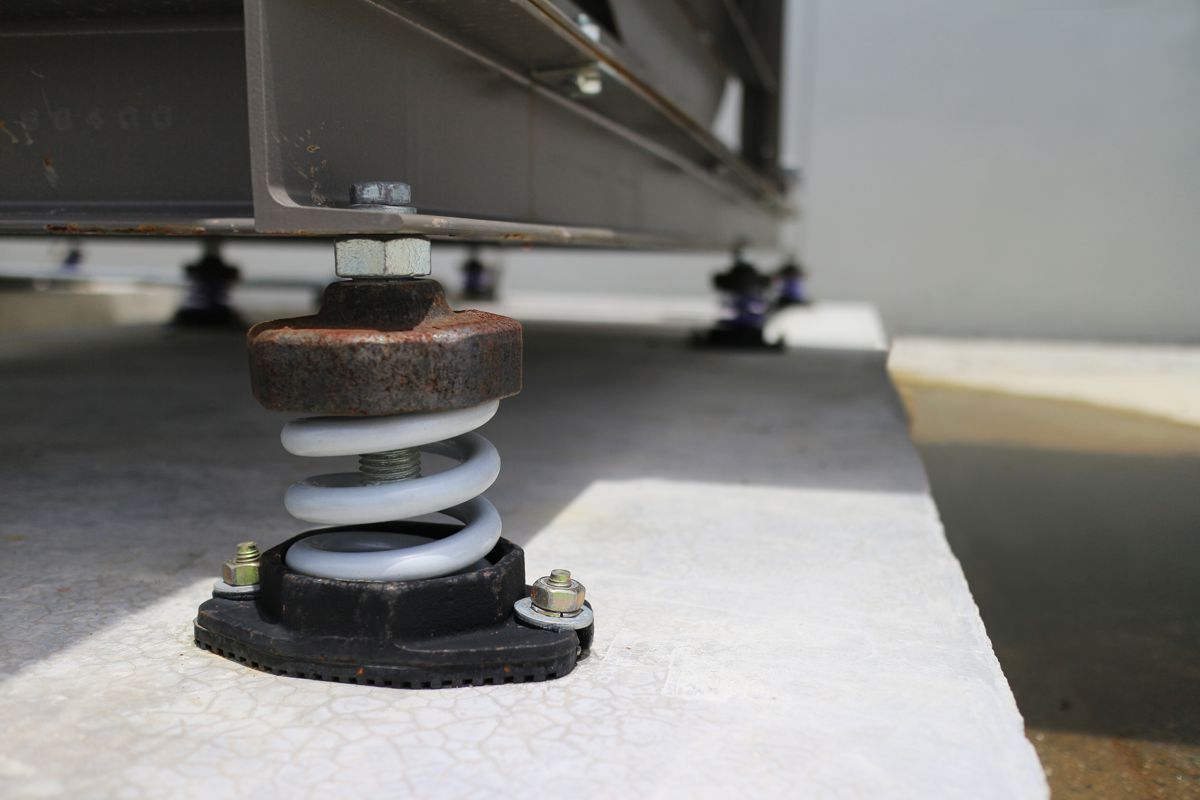7 tips for choosing Anti-Vibration Mounts
Anti-vibration mounts are small components fitted on heavy machinery and equipment to reduce the amount of noise and vibration passed out through the machine.
Heavy machines produce vibrations and noise when they’re running. With time, this noise and vibration tend to damage the machine. You may notice that your machine is no longer efficient, or it requires more repairs and replacement; worse, it may eventually die.
Anti-vibration mounts, which are available for sale at Reid Supply and other similar stores, are fixed on the machines to dampen the amount of their vibration, shock, and noise. These mounts work by transferring the vibration and noise from the device, and emitting it elsewhere. The mounts also act as a good shock absorber to minimize the machine’s wear and damage.
Using a suitable anti-vibration mount can help you reduce the negative impact of vibration and noise on your machine. It can also help extend the life of your equipment. That said, here are seven tips for choosing a good anti-vibration mount:
1. Know Your Equipment
Machines are different, and each will require a different type of anti-vibration mount. Therefore, one of the most fundamental tips for choosing a mount is knowing the specification of your equipment—its size, weight, and amount of vibration it emits.
For example, knowing your machine’s total weight will help you determine how many anti-vibration mounts you’ll need, as well as the most suitable size. The heavier the equipment is, the more mounts you’ll need. Similarly, large machines require large anti-vibration mounts to support their weight.
2. Calculate The Weight Of The Mounts
It goes without saying that you’ll need to know the weight of the mounts before purchasing them. Make sure that the total weight of the machine can be distributed evenly across the anti-vibration mounts you select.
For example, if the total weight of your machine is 240kgs, you’ll need four anti-vibration mounts, each weighing 60kgs, to distribute the weight of the machine evenly. The bottom line is that all the weight must be evenly distributed across the mounts you use.

3. Know That Anti-Vibration Mounts Differ In Functionality
Aside from having varying weights, anti-vibration mounts also vary in their material, size, and shape. This, in turn, affects their functionality.
- Material
Generally, anti-vibration mounts are either made of pure rubber, or a mixture of rubber and other materials, like steel. Several factors will determine the type of material you’ll need. For example, if you require an anti-vibration mount for a machine that’s used in water, experts recommend using a stainless-steel mount to ensure durability.
- Shape
The two main shapes of anti-vibration mounts are cylindrical and conical. Cylindrical mounts are used to dampen vibrations and noise over various frequencies. Conversely, conical mounts are known to absorb the vibration more gradually. As such, it’d be best to fit cylindrical mounts to emergency car breaks and not conical mounts
- Size
The size of an anti-vibration mount is measured by its diameter and length. Anti-vibration mounts with large diameters are best used to handle heavy machines. Mounts with more length are best suited to absorb more vibration and shock, while shorter mounts are best suited to create a buffet to prevent friction between the machine’s moving parts.
4. Measure The Vibration Of Your Machine
The amount of vibration emitted by the machine is measured by counting the rotational frequency of the machine per second. It’s also known as the running speed of the machine (RPM).
Knowing the amount of vibration emitted by your machine will help you know the type of anti-vibration mounts you’ll need. For example, conveyor belts in a factory produce very high vibrations that can possibly damage the factory’s floor. Therefore, to dampen this vibration, experts recommend using mounts that also level the feet of the machine.
The level of vibrational dampening by the mounts depends on the durometer of their material. The lower the durometer of the anti-vibration mount’s material, the more the vibrational dampening it does. Therefore, when considering the material of the anti-vibrational mount, you have to consider its capabilities for vibrational mounting and the weight it can uphold, as discussed before.
5. Know The Static Deflection Of The Mounts You Choose
Static deflection refers to how much the mounts will decompress under the machine’s weight. You calculate static deflection by dividing the machine’s running speed (RPM) by the weight of the machine.
A good anti-vibration mount should be hard enough to withstand the machine’s weight. When the mount is too soft, it’s compressed by the weight, causing it to become deformed. On the other hand, when the anti-vibration mount is too hard, it can’t transfer the vibration out of the machine; hence, it can’t dampen the vibration and noise.

6. Consider The Environment Of The Machine
Depending on its intended function, the machine could either be placed indoors or outdoors. The machine’s environment plays a big role in selecting the right mounts because the environment affects the functionality and durability of the anti-vibration mount. If the machine is located outside, it’d be great to use stainless steel mounts because they’re rust-resistant. Rust ages the mount, affecting its durability.
The machine’s environment should also consider the specific positioning of the equipment. Is the machine mounted on a ceiling, sitting on the floor, or mounted on the rooftop? Each of these machines will require different anti-vibration mounts to fit their positioning.
7. Consider The Type Of Building
If your machine is based indoors, you have to consider the type of building that’ll host it. Different types of facilities have different requirements for vibration levels. You don’t want to exceed the capacity of vibration and risk damaging the building. For example, buildings meant for hosting entertainment events have a high vibration tolerance coming from music compared to buildings intended for offices.
Time To Buy Your Anti-Vibration Mount
Anti-vibration mounts are supports used to dampen the amount of vibration, noise, and shock emitted by a machine so that it doesn’t damage the equipment. When purchasing an anti-vibration mount, you must know the type of equipment it’ll support, the weight of the equipment, and the properties of the mount. The properties of the mount should be able to meet the requirements of each machine.
Other tips for buying a good mount are measuring the vibration produced to determine the best type of mount to dampen the vibration. You should also know how much weight the anti-vibration mount can support without getting deformed. Finally, will the machine be placed indoors or outdoors? If indoors, always factor in the vibration tolerance of the building.



















